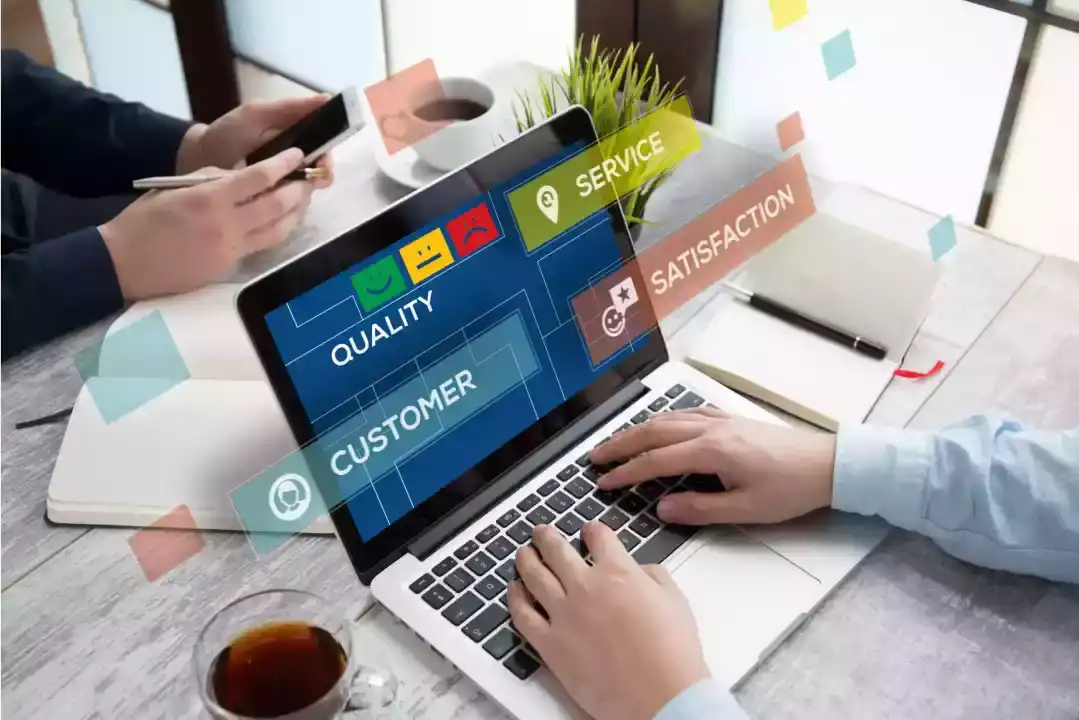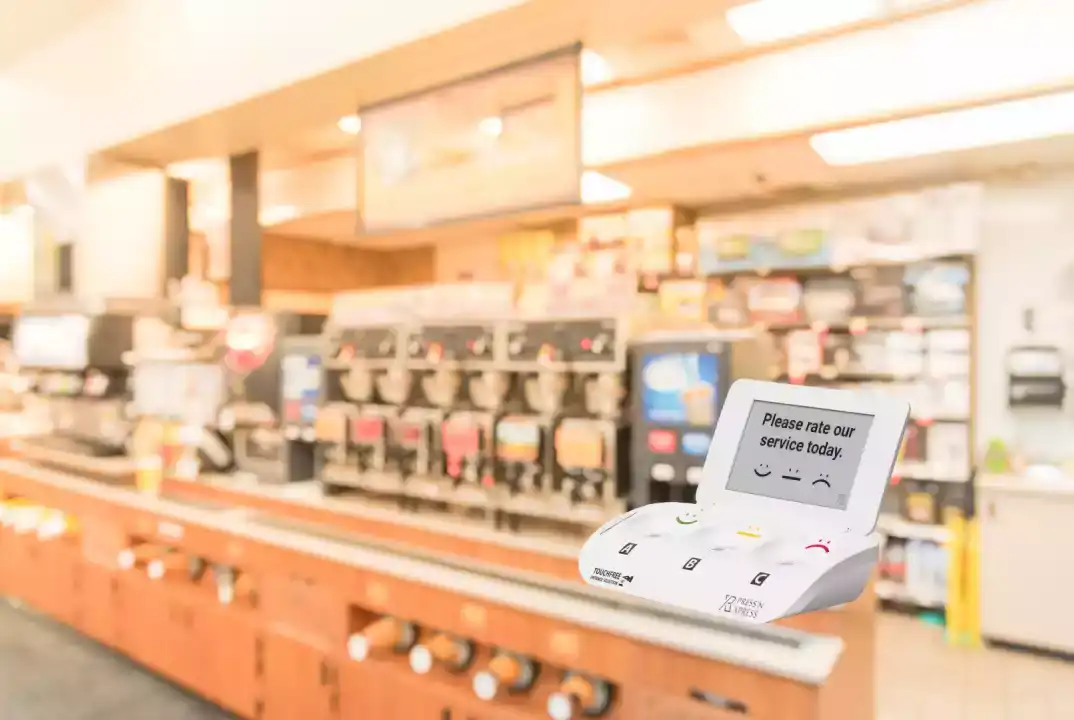
Improve Service Quality in Facility Services
Delivering exceptional service is essential for facility services companies to retain their clients in a highly competitive market. Given the plethora of options available, customers are likely to choose providers who consistently meet and exceed their expectations.
Even though outstanding service is vital, many facility services companies find it challenging to measure their service quality. Since service quality is more qualitative than quantitative, it can be difficult to assess. This article outlines guidelines for measuring service quality and leveraging those metrics to enhance the customer experience.
Evaluating Service Quality with SERVQUAL
The industry-standard metric for assessing service quality is SERVQUAL, developed in 1988. SERVQUAL outlines five dimensions of service quality that influence customer satisfaction:
- Tangibles - The appearance of physical facilities, equipment, personnel, and communication materials.
- Reliability - The ability to perform the promised service dependably and accurately.
- Responsiveness - The willingness to help customers and provide prompt service.
- Assurance - The knowledge and courtesy of employees and their ability to convey trust and confidence.
- Empathy - The caring, individualized attention the firm provides its customers.
The SERVQUAL framework compares customer expectations before the service encounter with their perceptions afterward. This method identifies areas where perceptions do not meet expectations. Over time, SERVQUAL helps uncover patterns in expectations, perceptions, and service gaps that need improvement.
When effectively developed and implemented, SERVQUAL provides valuable data to drive tangible service improvements. It is a useful tool for pinpointing specific service aspects that need enhancement and targeting staff training accordingly.
Gathering Customer Feedback
Understanding customer expectations and satisfaction levels is critical for improving service. Valuable feedback can be collected through service quality questionnaires sent to customers after the service. These are typically distributed via email, SMS, QR code, or a feedback kiosk. It is crucial to capture customer dissatisfaction early before it escalates and harms your reputation.
Effective service quality questions assess the customer's interaction with staff, the service itself, the overall experience, and the likelihood of using the service again. Open-ended questions allow customers to elaborate on their experiences. Examples include:
- On a scale of 1-10, how satisfied were you with the service provided?
- What did you like most about the service experience?
- Please rate the helpfulness and knowledge of the service representative.
- In your opinion, what can be improved about the service you received?
- How likely are you to recommend our service to colleagues?
An optional comment section allows customers to explain their responses, providing insights that quantitative scores alone cannot offer.
Characteristics of High-Quality Facility Services
To excel in service quality, it is important to understand what customers want and expect. When done right, facility management services save money and time, boost productivity, and increase customer loyalty and satisfaction.
Facility service quality generally focuses on timely service, customer satisfaction, minimizing complaints, and keeping employees content in their roles.
Best practices include:
- Identifying key performance indicators and regularly monitoring operations.
- Establishing benchmarks for each metric and measuring performance against those standards to reveal gaps.
- Using leading indicators to predict likely trends.
- Comparing metrics with other facilities or teams for benchmarking purposes.
Implementing Your Findings
After defining and measuring service quality, the next step is to enhance the customer experience. While satisfaction can depend on uncontrollable factors like team members and clients, focus on improving areas within your control.
Creating superior service requires effort but yields significant customer loyalty. Follow these steps to begin:
- Determine how to accurately measure the five dimensions of service quality. This will show how effectively your team satisfies customers.
- Develop a strategy for collecting customer feedback, translating insights into action, and crafting exceptional experiences.
- Choose a customer feedback solution like Press'nXPress that meets your needs. Companies using appropriate platforms are better positioned to identify service gaps and opportunities.
- Close the loop with customers when resolving issues or complaints so they know their concerns have been addressed. This builds trust.
- Conduct quality assurance audits to ensure service policies and procedures are consistently followed. Address any identified weaknesses.
- Set clear expectations for service excellence and train staff on best practices through role-playing and workshops.
- Coach and recognize employees who exceed expectations. Have underperformers shadow top representatives to learn from them.
- Continuously gather client feedback through surveys, interviews, focus groups, and monitoring reviews/social media. Perception is reality.
- Regularly review metrics to identify downward trends. Address issues promptly before they become major problems.
- Meet with staff to brainstorm new ways to impress customers. Empower them to implement creative ideas.
Delivering an outstanding customer experience requires effort but results in increased client satisfaction, loyalty, and referrals. By consistently measuring and improving service quality, facility services firms can better retain customers and build their reputation. The effort is worthwhile.
Our mission at Press'nXPress is to help our clients improve customer satisfaction by continuously monitoring customer experience. You can reach out to our experts to see how PXP Feedback Solution can benefit your business today! If you have questions or would like to learn more, get in touch. Reach out and talk to us.



